NIL
Michigan G Nimari Burnett discusses why he’s back for one more season
Michigan Wolverines guard Nimari Burnett announced earlier this offseason that he is returning to Ann Arbor for his final year of collegiate eligibility. He has become a key contributor over his two years at Michigan so far and will play a massive role on the Wolverines one more time. Burnett discussed his return on the […]

Michigan Wolverines guard Nimari Burnett announced earlier this offseason that he is returning to Ann Arbor for his final year of collegiate eligibility. He has become a key contributor over his two years at Michigan so far and will play a massive role on the Wolverines one more time.
Burnett discussed his return on the Defend the Block podcast.
“I love Michigan, and that’s the ultimate reason why I came back,” Burnett said. “Not only for the team Dusty is building, which is absolutely amazing, but everything that Michigan means to me. It’s a family atmosphere and I enjoy every single bit of it. I enjoy working with the staff. It’s been a blast these two years and I plan to finish my collegiate career strong at Michigan.”
Burnett also emphasized Michigan’s close-knit atmosphere and his comfort level with the coaching staff and teammates were key factors in his decision to return. Despite losing several players to the NBA Draft and transfer portal, Burnett will be joined by fellow returners L.J. Cason, Roddy Gayle Jr. and Will Tschetter, as well as some incoming additions.
“Unity is so important, especially in the current landscape of college basketball,” Burnett said. “The impact that the transfer portal has, it means so much to keep a group of guys together and continue to build on what was already a successful season. To be able to do it with such a great group of guys, as far as personality and character, is definitely very important.”
Burnett emerged as a critical scorer the Wolverines leaned on heavily last season, averaging 9.4 points and 3.5 rebounds per game while shooting career-high marks of 40 percent from three and 47.6 percent from the field. He also made one of the biggest shots of the season, knocking down a buzzer-beating three-pointer to outlast Rutgers in February.
“It was an amazing moment and definitely a staple in my college career,” Burnett said. “There was nothing better than to see the fans genuinely enjoy the game, even though we put them through a tale of two halves, as we kind of did all season. I genuinely appreciate all of their support and it made that moment that much more special.”
The Wolverines had a great year in Dusty May’s first season as head coach, going 27-10 and winning the Big Ten Tournament championship for the first time since 2018. Burnett reflected on winning the Big Ten Tournament title by saying it was a special memory he will never forget.
“I had the feeling of wanting to cry right after that,” Burnett said. “Just knowing what we had been through during the previous season, and then to come to this moment through so much work and change, it was definitely an amazing moment. It was truly a special moment and something that I will remember from the rest of my life.”
Heading into the 2025-26 campaign, Michigan has expectations of competing for conference and national championships, and Burnett will be pivotal to the team reaching their full potential.
NIL
How the NCAA House Ruling Could Reshape UNC Basketball
How the NCAA House Ruling Could Reshape UNC Basketball originally appeared on Athlon Sports. It was only recently that North Carolina basketball made headlines for its jaw-dropping $14 million NIL investment. This was a bold, unapologetic declaration that the Tar Heels were all-in on winning in the new era of college athletics. Advertisement Now, the […]
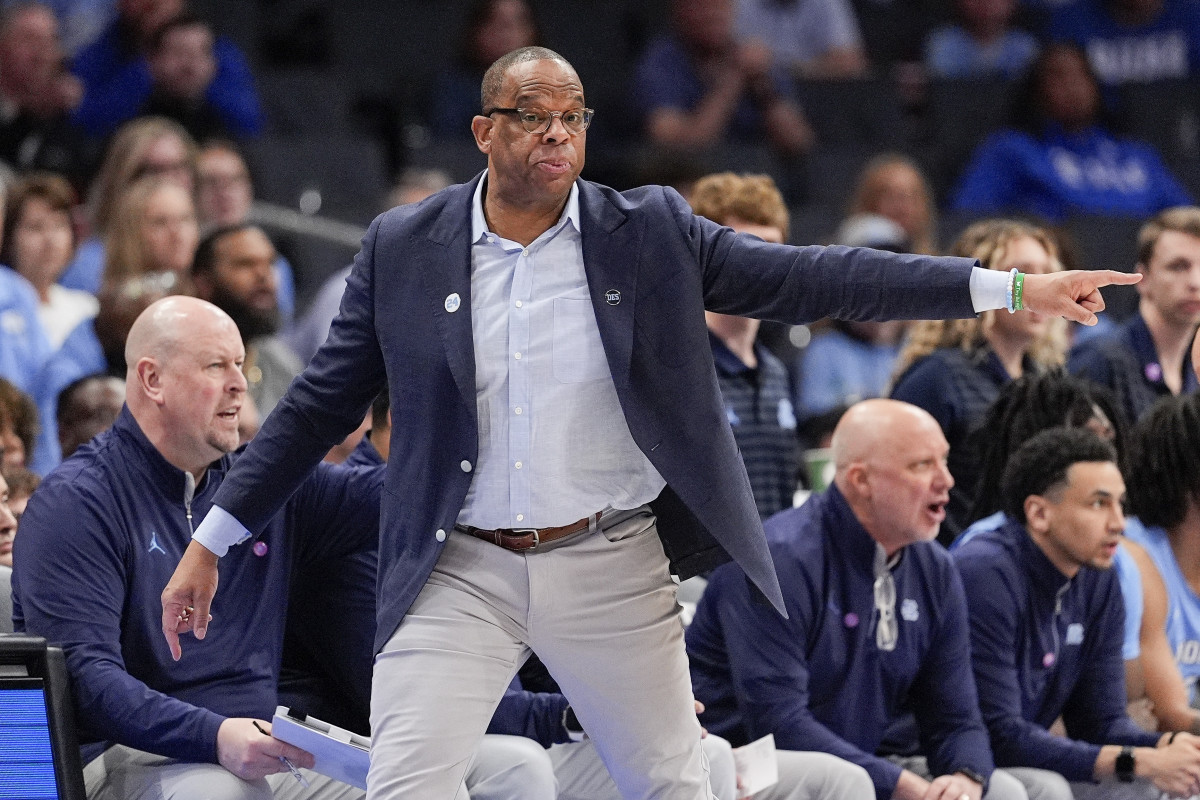
How the NCAA House Ruling Could Reshape UNC Basketball originally appeared on Athlon Sports.
It was only recently that North Carolina basketball made headlines for its jaw-dropping $14 million NIL investment. This was a bold, unapologetic declaration that the Tar Heels were all-in on winning in the new era of college athletics.
Advertisement
Now, the rules have changed.
With the formal approval of the House v. NCAA settlement on Friday night, UNC’s strategy may be headed for a sudden and dramatic shift. The landmark decision not only ends years of litigation over athlete compensation but institutes a new framework that directly impacts how powerhouse programs like North Carolina do business.
At the heart of it: a $20.5 million revenue-sharing cap that schools must now work within to fund all sports. And while outside NIL deals will still be allowed, the days of uncapped internal payouts, like the $14 million reportedly earmarked for Tar Heel hoops are likely numbered.
So what does this mean for Carolina?
Advertisement
First, the math gets tighter. With football still a major university priority under new leadership, including front office veteran Bill Belichick, UNC will need to divvy up its share of the revenue cap carefully. Allocating most of it to men’s basketball risks starving its football program at a time when it’s chasing relevance in a competitive ACC landscape.
Second, scrutiny rises. Under the new model, all NIL deals over $600 must pass through a clearinghouse to ensure they reflect fair market value and serve a legitimate business purpose. That oversight will test the creativity and legality of every booster-backed opportunity.
Still, don’t count UNC out.
The Tar Heels boast a national brand, an NBA pipeline, and a roster of former players turned moguls ready to support current athletes through legitimate NIL opportunities. Those advantages don’t disappear under the House ruling, they just need to be leveraged with precision.

UNC head coach Hubert Davis in discussion with a referee.© Bob Donnan-USA TODAY Sports
With a top-15 recruiting class inbound, transfers like 7-foot Arizona product Henri Veesaar, and international guard Luka Bogavac joining the fold, UNC remains a destination. But sustaining that momentum under tighter financial and regulatory conditions will require smarter spending, shrewder deals, and a more integrated athletic department than ever before.
Advertisement
The College Sports Commission, helmed by former MLB executive Bryan Seeley will enforce the new cap and audit programs that exceed it. That means every dollar spent in Chapel Hill now comes with risk.
The Tar Heels helped define college basketball’s past. Whether they can dominate its future will depend not just on their talent—but on their ability to adapt.
Related: Former Top NBA Pick Speaks Out on NIL’s Impact on Culture
Related: EA Sports to Use Pay-for-Play Incentives for College Teams
This story was originally reported by Athlon Sports on Jun 8, 2025, where it first appeared.
NIL
House Settlement COMPLETELY CHANGES College Sports, DESTROYS NCAA and NIL!
The new House Settlement has finally made it legal for universities to pay their players. We explore how it effectively kills the NCAA, NIL and Title IX as well! Author: cbs19.tv Published: 7:01 PM CDT June 8, 2025 Updated: 7:01 PM CDT June 8, 2025 0
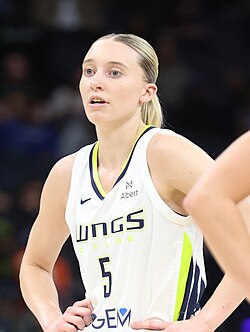

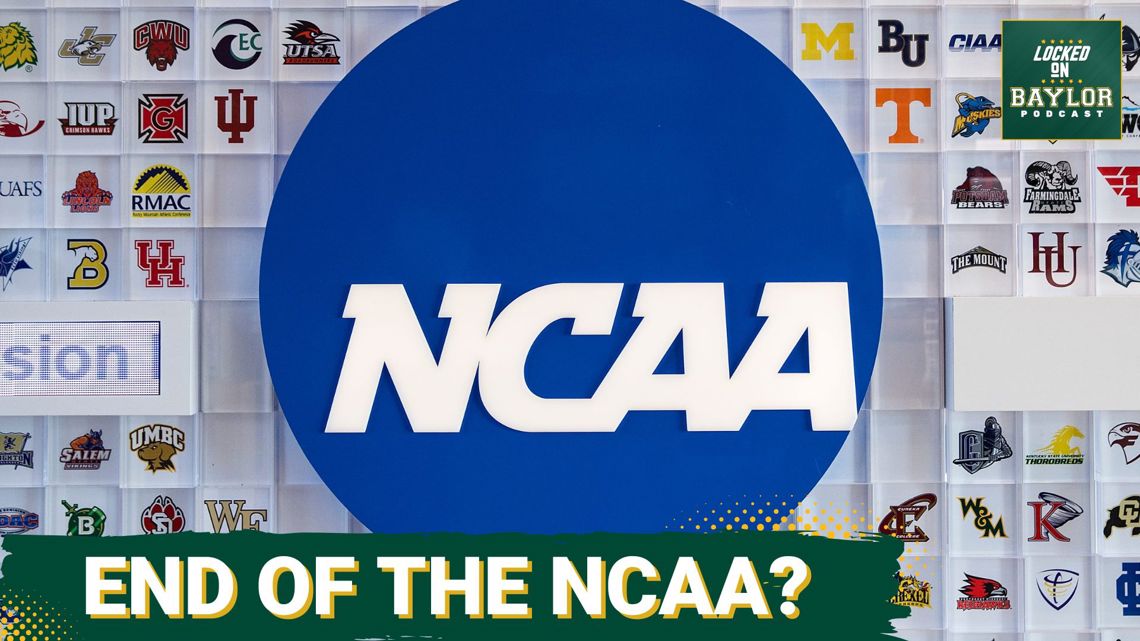
The new House Settlement has finally made it legal for universities to pay their players. We explore how it effectively kills the NCAA, NIL and Title IX as well!
NIL
Nebraska athletic director issues statement on historic House Settlement
A federal judge has finally approved a settlement that could change the face of college athletics. Judge Claudia Ann Wilken approved the House Settlement, paving the way for college athletes to be financially compensated for their name, image, and likeness (NIL) directly by their school. A lawsuit was filed by Grant House, a former Arizona […]
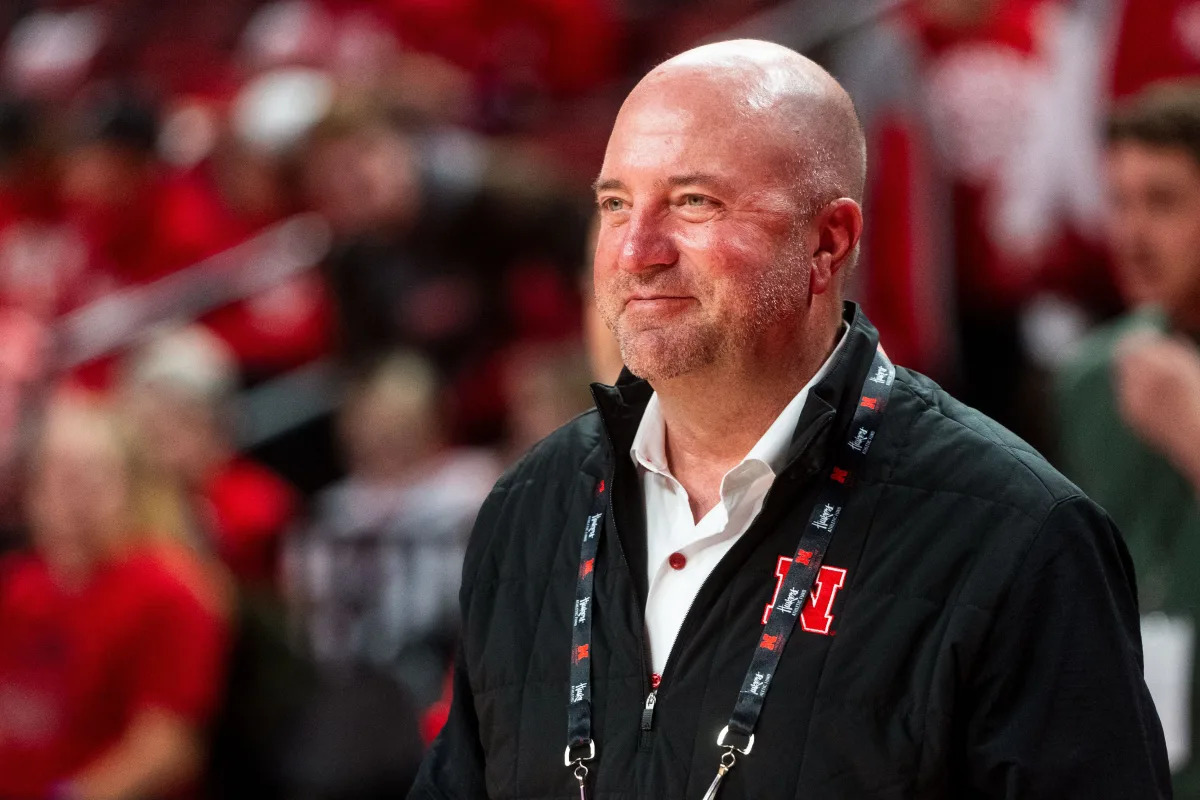
A federal judge has finally approved a settlement that could change the face of college athletics. Judge Claudia Ann Wilken approved the House Settlement, paving the way for college athletes to be financially compensated for their name, image, and likeness (NIL) directly by their school.
A lawsuit was filed by Grant House, a former Arizona State swimmer, who sued the NCAA and the five biggest athletic conferences in the country. The settlement will now allow schools to directly compensate their student-athletes for their NIL rights. There are nearly 200,000 athletes and 350 schools in Division I alone, and 500,000 and 1,100 schools across the entire NCAA, according to data from the Associated Press.
Advertisement
In the first year under the settlement, schools will be allowed to share up to $20.5 million with their athletes. That number represents 22% of their revenue from sources such as media rights, ticket sales, and sponsorships. Third parties are still permitted to enter into NIL deals with players under this agreement.
Another aspect of the settlement is the $2.7 billion in back pay that will be paid to athletes who competed between 2016 and 2024. Those funds will come from the NCAA and the conferences.
Contact/Follow us @CornhuskersWire on X (formerly Twitter), and like our page on Facebook to follow ongoing coverage of Nebraska news, notes, and opinions.
This article originally appeared on Cornhuskers Wire: Nebraska athletic director Troy Dannen comments on House Settlement
NIL
Evan Stewart Faces Unexpected NCAA NIL Challenges with Oregon
A New Chapter in College Football The landscape of college football is on the brink of a seismic shift. With the impending implementation of the House vs. NCAA settlement on July 1st, the sport is poised for a major transformation. This agreement aims to bring order to the chaotic world of unregulated Name, Image, and […]

A New Chapter in College Football
The landscape of college football is on the brink of a seismic shift. With the impending implementation of the House vs. NCAA settlement on July 1st, the sport is poised for a major transformation. This agreement aims to bring order to the chaotic world of unregulated Name, Image, and Likeness (NIL) deals, which have become a significant part of the collegiate athletic scene. As these changes take root, the impact on players, schools, and the future of college sports is expected to be profound.
The Financial Windfall and Its Complexities
Oregon’s $20.5 million investment in NIL deals was initially seen as a blessing, a strategic move to attract top talent and enhance the school’s competitive edge. However, for athletes like wide receiver Evan Stewart, the reality of these deals is proving to be more complex than anticipated. What once appeared as a golden opportunity is now fraught with challenges, as the new regulations threaten to alter the dynamics of these lucrative agreements.
Evan Stewart: Caught in the Crossfire
Evan Stewart, a promising wide receiver, finds himself at an unexpected crossroads. The changes in NIL regulations could impact his future earnings and career trajectory significantly. Stewart, like many athletes, entered into these agreements with high hopes, envisioning a pathway to financial stability and a flourishing sports career. Yet, the forthcoming regulations may impose constraints that could limit his opportunities and reshape his expectations.
The Broader Implications
The introduction of regulated NIL deals marks a critical juncture for college athletics. While the intention is to create a fairer and more transparent system, the transition is not without its challenges. Schools and athletes must navigate this new terrain carefully, balancing the potential benefits with the inherent risks. The ripple effects of these changes will likely extend beyond individual players, influencing recruitment strategies, team dynamics, and the overall landscape of college sports.
Reflecting on the Future
As the dust settles on this new era, the true impact of the House vs. NCAA settlement will become clearer. For athletes like Evan Stewart, the journey is just beginning, laden with both promise and uncertainty. This pivotal moment in college football history invites reflection on the evolving relationship between education, athletics, and commerce. The road ahead will require adaptability, resilience, and a keen understanding of the shifting sands of collegiate sports.
NIL
LSU baseball lands Kansas State transfer Seth Dardar
BATON ROUGE — LSU baseball’s work in the transfer portal continues. Jay Johnson and the his coaching staff picked up the second commitment out of the transfer portal in Kansas State senior infielder Seth Dardar on Sunday night. Dardar is a Louisiana native from Mandeville, just outside of New Orleans, and after playing one season […]


 BATON ROUGE — LSU baseball’s work in the transfer portal continues.
BATON ROUGE — LSU baseball’s work in the transfer portal continues.
Jay Johnson and the his coaching staff picked up the second commitment out of the transfer portal in Kansas State senior infielder Seth Dardar on Sunday night.
Dardar is a Louisiana native from Mandeville, just outside of New Orleans, and after playing one season with the Wildcats, the second baseman in transferring to play his final collegiate season at LSU. He played two seasons at Columbia prior to his stop at K-State.
WATCH LSU BASEBALL ON FUBO (free trial)
“I want to thank the entire Kansas State University and the entire coaching staff for affording me the opportunity to make memories and friendships this year that will last a lifetime,” Dardar said in a statement via X, the social media platform formerly known as Twitter. “To the Manhattan community and K-State fanbase, thank you for taking me in and making me feel at home.
“With that being said, I have decided to come home and live out my dream to play at Louisiana State University. Thank you to everyone who was a part my journey that has led me to this position and thank you to coach Johnson, coach (Josh) Jordan and the rest of the LSU staff for giving me the opportunity to live out this dream.”
Dardar hit .326 with 13 home runs, 45 RBIs and 39 runs scored this season for the Wildcats. He earned All-Big 12 Conference honorable mention.
Kansas State played LSU this season and Dardar hit a home run against the Tigers.
Dardar is the second infield transfer to announce their commitment to LSU. High Point transfer Brayden Simpson, who played third base.

NIL
‘Most Powerful NIL Program’ — Analyst Makes Feelings Clear on USC’s Recruiting Edge in 2026 Class
It’s no secret that USC is on fire recruiting in the 2026 cycle. The Trojans have far and away the No. 1 class in both On3 and 247Sports’ rankings and are dominating other powerhouse programs. While USC is a college football blueblood, they aren’t always this dominant, so what is the reason behind the Trojans’ […]
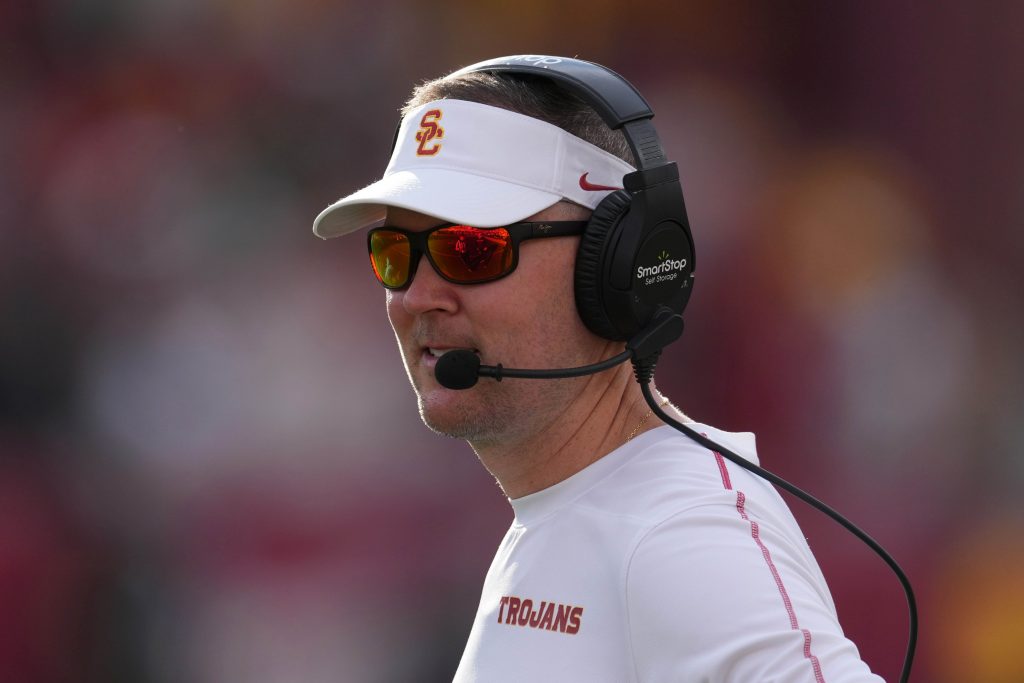
It’s no secret that USC is on fire recruiting in the 2026 cycle. The Trojans have far and away the No. 1 class in both On3 and 247Sports’ rankings and are dominating other powerhouse programs.
While USC is a college football blueblood, they aren’t always this dominant, so what is the reason behind the Trojans’ recent recruiting success?

College Analyst Dubs USC as the ‘Most Powerful NIL Program’
On3 insider Steve Wiltfong was on JD PicKell’s podcast, “The Hard Count,” where PicKell asked Wiltfong about USC’s recent recruiting success.
Wiltfong explained that no college football program can compete with USC’s NIL funding, saying, “USC is the most powerful NIL program in the country right now, by my estimation, from what I’ve seen on the trial. The opportunities being presented to these coveted targets on and off the field. Programs are struggling to compete with what USC is offering in that sphere.”
Wiltfong went on to explain that not only is USC able to offer these athletes potentially life-changing money, the opportunity to play at an elite program, and the chance to learn from head coach Lincoln Riley and a star-studded staff, but they are also creating a system where they can keep the players who sign.
As Wiltfong states on the podcast, the Trojans have a system put in place in which players who commit to their program are no longer able to visit other schools, which will greatly help USC retain the talent they have in the 2026 class.
PicKell later asked Wiltfong what the change has been at USC from previous years to this year, and Wiltfong gave credit to the recent addition of Chad Bowden as the general manager.
Bowden was Notre Dame’s general manager in 2024 and put together a roster that made the national title game. USC was able to poach Bowden and has now become one of the best recruiting schools in the country.
KEEP READING: 1 Breakout Player for All 136 Teams in the 2025 College Football Season
The Trojans have already signed a whopping 27 commits in the 2026 cycle, including two five-stars and 16 four-stars. Time will tell if the Trojans can maintain this type of recruiting success across several cycles, but as Wiltfong pointed out, no one can compete with USC right now.
College Sports Network has you covered with the latest news, analysis, insights, and trending stories in college football, men’s college basketball, women’s college basketball, and college baseball!
-

 College Sports3 weeks ago
College Sports3 weeks agoPortal Update – Basketball and Gymnastics Take Hits
-

 College Sports3 weeks ago
College Sports3 weeks agoPortal Update – Basketball and Gymnastics Take Hits
-

 Professional Sports3 weeks ago
Professional Sports3 weeks agoJon Jones answers UFC retirement speculation as fans accuse champion of 'holding the belt …
-

 Youtube3 weeks ago
Youtube3 weeks agoXavier Legette taught Marty Smith his signature celly
-

 NIL2 weeks ago
NIL2 weeks ago2025 NCAA Softball Tournament Bracket: Women’s College World Series bracket, schedule set
-

 College Sports3 weeks ago
College Sports3 weeks agoNCDC Commitment Profiles: Cyclones’ Martins Moving On to Saint Anselm College • USPHL
-

 High School Sports3 weeks ago
High School Sports3 weeks agoToday in the MHSAA
-

 Motorsports2 weeks ago
Motorsports2 weeks agoWhy IHOP Rode With Dale Earnhardt Jr. In Amazon NASCAR Debut
-

 Health3 days ago
Health3 days agoOregon track star wages legal battle against trans athlete policy after medal ceremony protest
-

 College Sports3 weeks ago
College Sports3 weeks agoPower Four schools could face expulsion from conferences if they don’t sign binding contract, per report


































